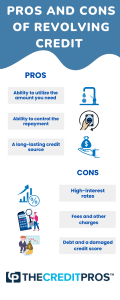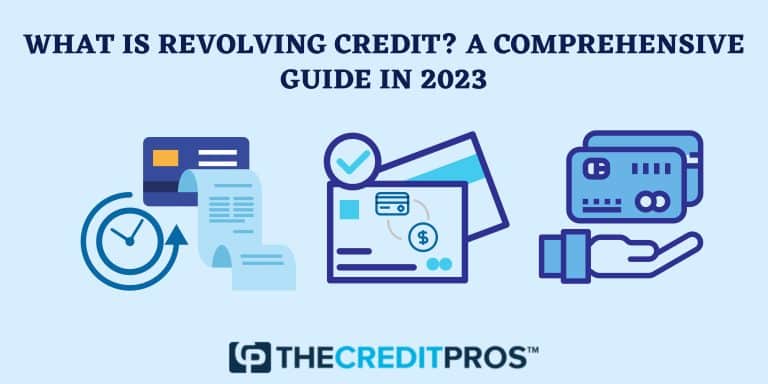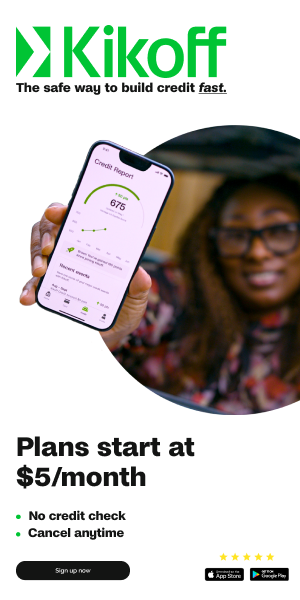What Is Revolving Credit? A Comprehensive Guide In 2023
Table of Contents
Revolutionizing Your Finances: A Complete Guide to Revolving Credit
Revolving credit is a credit line that remains available even if you pay the balance. You can borrow the credit amount up to a certain limit whenever you want. The purchases you make using this credit are deducted from your total credit limit. As you pay back the balances, your credit limit goes back up and you can continue borrowing against your credit limit.
Example: If you have a credit card with $5000 as the credit limit. If you make a purchase and utilize a credit of $3000, you have $2000 left to spend. But if you pay off the balance of $3000, you have $5000 again to make purchases with.
Here is a guide to take you through every single detail of what is revolving credit and how it works.
What Is Revolving Credit and How Does It Work?
Let us start with what is revolving credit and how it works. You are given a credit limit (the maximum amount you can spend) on the account at the time you open a revolving credit account. The balance statement with the total amount you owe is sent to you at the end of each billing cycle. There you have these two options:
- The balance of the revolving account can be carried over to the following month, but not the entire balance. At least a minimum payment should be paid. Your revolving credit agreement mentions the set amount or a percentage from your balance.
Any balance you carry over to the next month usually starts to accrue interest, which is added to your total balance unless you have an interest introductory period of 0%.
- If you want no interest to accrue, you can simply pay off the total balance amount by the due date.
What Are the Types of Revolving Credit?
So here’s your answer to what is revolving credit and what are the types of revolving credit. Some of the most common types of revolving credit are credit cards, personal lines of credit, and home equity lines of credit.
1. Credit Cards
You can make purchases using your credit card up to the credit limit allowed, and repay the amount you spent along with any fees or interest to the issuer of the credit card. If you pay the due amount in full on or before the grace period (mostly between 21 and 30 days) after you receive your statement, you will not accrue interest. Based on your spending you may also receive some other benefits or rewards. For example, an extended warranty for the products you purchased using a credit card.
2. Personal Line of Credit
Some banks and credit unions let you borrow money up to the credit limits you have, in the name of “personal lines of credit.” It is similar to a credit card in which you draw the amount you need from the available balance and pay only the interest on the amount.
3. Home Equity Line of Credit
A home equity line of credit (HELOC) works similarly to a personal line of credit, but you put your home up as collateral. You borrow money against the equity of your home. Generally, the draw periods allowed in a home equity line of credit are 5 to 10 years, and allow a repayment period of 10 to 20 years. You can borrow from your home’s equity between 60% to 85%.
Does Revolving Credit Accounts Affect Credit Scores?
Like any other loan and credit, revolving lines of credit can also positively or negatively affect your credit score based on how properly you maintain your credit account.
1. Missed Payments
Payment history is a factor in your credit score. Just like loans and any other types of credit, revolving credit can also negatively affect your credit history if you miss or make any late payments.
2. Credit Utilization
The amount of revolving credit you are utilizing, which is the credit utilization ratio, is also one of the most important factors in your credit score. You should not utilize more than 30% of your available credit on a single revolving credit account to avoid any negative impacts on your credit score.
3. Closing Accounts
The credit utilization ratio increases automatically if you close your accounts by reducing the total amount of the available credit limit you have. Try not to close your revolving credit account, even if you are not using it, to avoid your credit score being hurt. So, even accounts that are not in use should be kept open.
4. Hard Inquiries
Your credit report goes through a hard inquiry if you apply for a new credit of any type, which can make your credit score drop temporarily. If you are planning to apply for a mortgage, auto, or any other major loan, it is best to avoid applying for any other new credit. And you can also try to remove hard inquiries from your credit report
Does Revolving Credit Accounts Help Your Credit Score?
Now that you know what is revolving credit, the next step is to know how to properly utilize the revolving credit to get the full benefits of it. If used properly revolving credit accounts can help your credit score improve effectively. For that to happen these are some of the good credit habits you must follow.
1. On-Time Payments
Paying your bills on or before the due date can improve your credit history score drastically since late payments stay in your credit report and is a primary factor in your credit score. If you are worried about making late or missed payments, you can set it up for the autopay method to pay at least the minimum amount on your revolving line of credit accounts.
2. Credit History
You can’t have a credit score without a credit account. Obtaining a credit card and properly making on-time payments on or before the due date each month is the best and easiest way to start building a credit history of responsible usage of credit. Credit card issuers or lenders look at your credit cards to determine how well you are utilizing and managing the debt to decide how much you can repay.
3. Credit Mix
Having both revolving credit and installment loans and credit accounts can help your credit score accelerate since you have a mix of credit. Diversifying your credit mix by opening a revolving account if you only have installment credit accounts, like student or car loans, can improve your credit score. See what credit mix is right for you and can make your credit score improve.
Key Takeaways
- A revolving credit account is a credit line that remains open even if you make payments.
- You can utilize the money to the balance available that is up to your credit limit.
- Even as you pay the balance on the revolving credit, the money that you can use will be available for use again, after deducting the interest charges or any fees.
- The balance amount you carry over to the following months will accrue interest.
- The line of credit in a revolving type of credit can be secured or unsecured.
Pros and Cons of Revolving Credit
Every financial product has its own benefits and drawbacks. Knowing what is revolving credit is important, but knowing its benefits and drawbacks can give you an idea of how revolving credit must be used or not used. Here are the pros and cons of revolving credit:

What is revolving credit?
Pros
1. Ability to utilize the amount you need
If you have a credit card with revolving credit of $20000, it does not mean you are required to spend the entire $20000. You can spend the entire amount or just a little part of the amount as you need.
2. Ability to control the repayment
You can choose to repay the balance amount in full each month before the due date, or choose to just pay the minimum amount or an amount between the minimum and full due amount. Although you will have to pay interest after.
3. A long-lasting credit source
By using a credit card or another revolving credit account, you are not required to apply for a new amount as you do with a loan whenever you need money.
Cons
1. High-interest rates
The interest rates of revolving credit are usually higher than loans. Interest is not an issue if you pay off your balance as a whole each consecutive month, but can become a burden when if you carry over the balances.
2. Fees and other charges
There are other fees, like annual fees, origination fees, and charges that some banks offering revolving credit accounts may require you to pay.
3. Debt and a damaged credit score
If you spend more than what you could repay from your credit limit or if the due amounts are not repaid at the right time, and or in full, it could really damage your credit score. This might cause your credit score to decrease and will reflect in your credit report.
Related Reads
1. The Difference Between Charge Cards & Credit Cards
2. Line of Credit For Bad Credit – 4 Alternative Ways
3. How to Handle Credit Card Debt Problems
Frequently Asked Questions
1. What is revolving credit examples?
Revolving credit lets you borrow credit up to a maximum amount of credit limit, so over time you can pay it back and borrow again. The common types of revolving credit are:
- Credit cards
- Home equity line of credit
- Personal line of credit
2. Is it good to have revolving credit?
Yes, it is better to have a revolving credit rather than an installment loan if your main aim is to improve your credit score since revolving credit is more reflective than any other loan and the result is more dependent on how you manage your credit.
3. What are 3 types of credit?
The 3 types of credit are:
- Revolving credit
- Open credit
- Installment
Revolving Credit Management
Revolving credit can act as a tool to improve your credit history if used in a proper way. But sometimes, revolving credit can get you into trouble if you don’t know what is revolving credit or are not careful enough. You just need to make some boundaries and set rules to properly manage your revolving credit account.
First, control spending from your credit account. Just because you have access to a huge amount of credit, doesn’t mean you should spend the entire credit limit, and live life to the fullest, though that may seem very tempting.
Second, paying more than your minimum account is a major factor that can save you from getting into financial trouble. Try to pay off the balances in full. You’ll unknowingly save yourself from a lot of interest.
If you want help or suggestions to improve or repair your credit score and to receive more credit-related information visit The Credit Pros for immediate and practical solutions.



